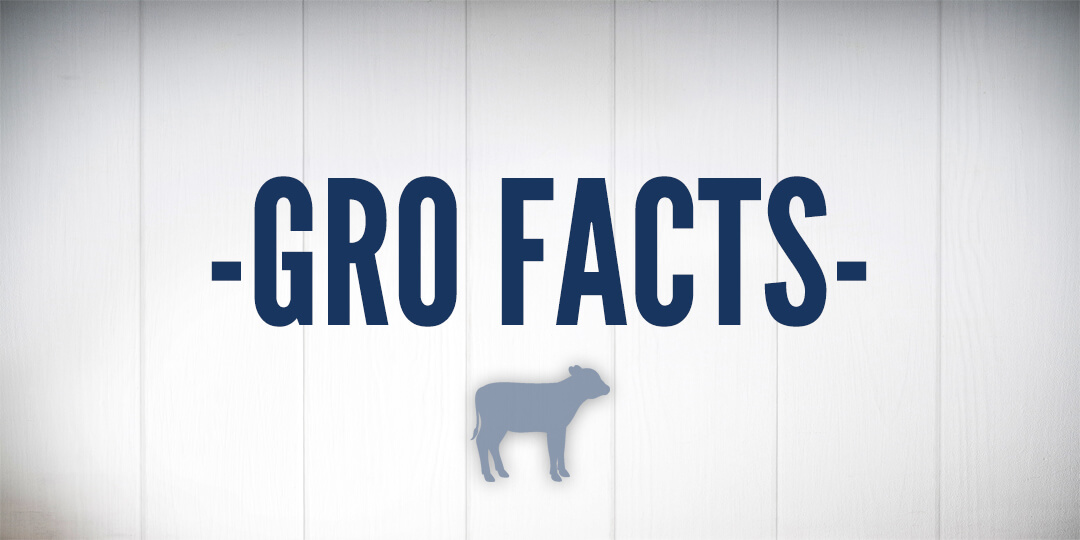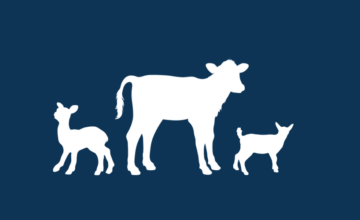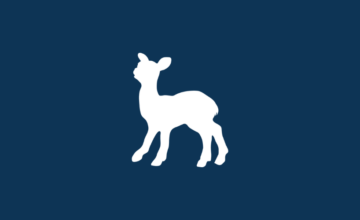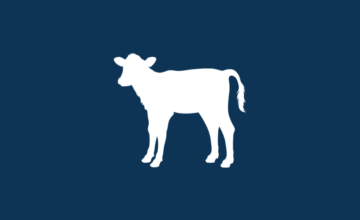Calf Post Weaning Environment
- Mar 30, 2009
- By Grober Nutrition
- In Canada, USA
Grouping
After weaning, calves should be housed in equal sized / aged groups, ideally one week after milk feeding has ceased. This avoids two major changes in routine at one time. Group calves according to size. Weaning from a machine feeding system is normally reached earlier (as early as week 5) and should still be tied to starter intake (min 900g/31.7oz for 3 consecutive days).
Environment
The calf’s environment is very important in ensuring its health. Calf housing should provide a clean environment that promotes healthy calves, minimizes disease risk and mortality and hence encourages high growth rates. One of the most common diseases caused by its environment is pneumonia. It can be prevented by:
- A warm dry bed
- Adequate pen dimensions
- Easy access to feed and water
- Keeping stocking density low
- Providing adequate ventilation with minimum draft
- Relative humidity should be kept low and air movements maintained even in cold weather
- Not mixing calves from different sources
Calf accommodation and pens should be thoroughly cleaned, disinfected and de-stocked on a regular basis. The climatic environment of the calf can have a major influence on its nutritional requirements. Extremes in both heat and cold will impact the calves’ efforts to maintain a constant level of body heat and continue to be productive. Calves have a thermo-neutral zone considered to be 10°C to 26°C. Environmental temperatures outside that range result in higher caloric demands simply for maintenance. The lower critical temperature of a calf declines with age (see table below).
| Age calf (day) | Lower critical temperature °C |
| 1 | 13.4 (56.1°F) |
| 10 | 10.8 (51.4°F) |
| 20 | 8.4 (47.1°F) |
| 30 | 6.4 (43.5°F) |
This energy requirement detracts from growth and may have a negative effect on efficiency and even health. Research, under controlled conditions with adequate bedding and dry humidity, indicate that calves housed at -4°C (24.8°F) require about 30% more calories for maintenance. This number will increase as temperatures reduce, humidity rises and calves are subject to wet bedding etc. Heat Stress: above 26°C (78.8°F) increases cortisol and decreases colostrum absorption. High temperatures tend to reduce feed intake.
Grober Nutrition
Recent Posts
Tags
Archives
- October 2024
- July 2024
- May 2024
- April 2024
- January 2024
- December 2023
- October 2023
- September 2023
- August 2023
- June 2023
- December 2022
- November 2022
- October 2022
- August 2022
- July 2022
- June 2022
- May 2022
- April 2022
- March 2022
- February 2022
- January 2022
- August 2021
- February 2021
- September 2020
- June 2020
- April 2020
- May 2017
- April 2017
- October 2016
- September 2016
- August 2016
- March 2016
- March 2015
- January 2015
- December 2014
- December 2013
- September 2013
- May 2013
- January 2013
- December 2012
- November 2012
- March 2012
- March 2011
- February 2011
- November 2010
- August 2010
- December 2009
- November 2009
- March 2009















